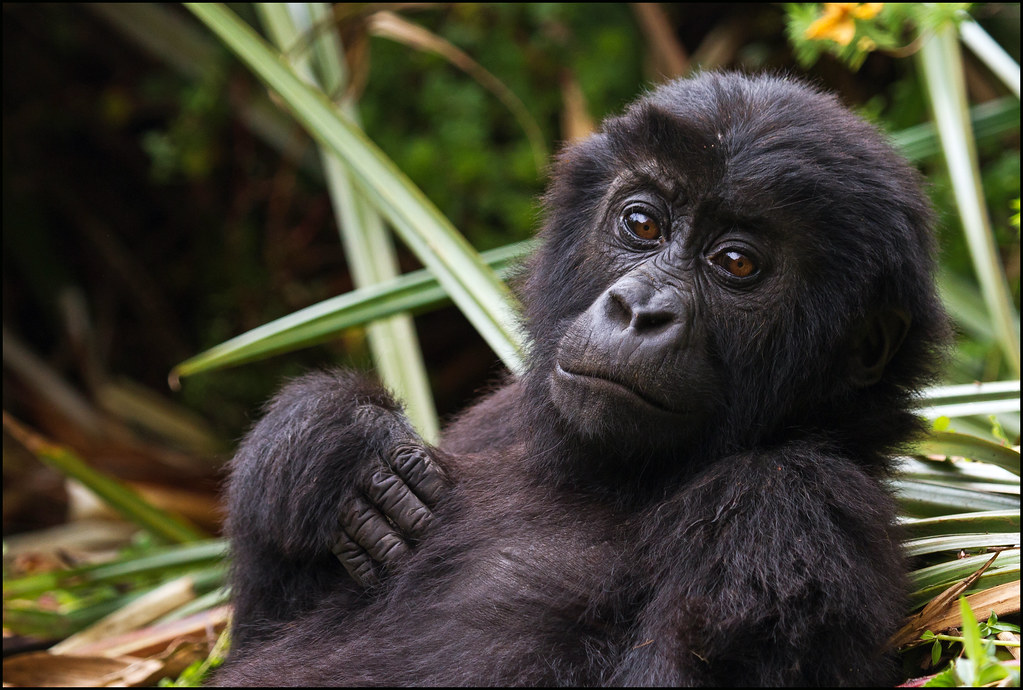A Detailed Guide to Africa’s Great Apes and Where to Find Them
Gorillas are some of the most captivating creatures on Earth, combining incredible strength with surprising gentleness and intelligence. As the largest primates alive today, they are also among our closest relatives, sharing nearly 98% of our DNA. Found only in Africa, gorillas are divided into two species — eastern and western — and four subspecies. Each type lives in a unique environment, has distinctive physical traits, and faces its own conservation challenges.
Learning about the different types of gorillas not only deepens your appreciation of these animals but also highlights the vital work being done to protect them. For travelers and conservationists alike, knowing where each type lives adds another layer of connection to these remarkable apes.
The Eastern Gorilla: Mountain and Eastern Lowland Gorillas
The eastern gorilla is the largest of the two species and lives in the forests and mountains of Central and East Africa. It is further divided into two subspecies: the mountain gorilla and the eastern lowland gorilla.
Mountain gorillas are perhaps the most famous, thanks to conservation efforts that have brought them back from the brink of extinction and the unforgettable experience of trekking to see them in the wild. They are easily recognized by their thick, dark coats, which help them endure the chilly temperatures of their high-altitude habitats. Mountain gorillas are found in two main populations: one in the Virunga Mountains and the other in Uganda’s Bwindi Impenetrable Forest. In the Virunga range, they inhabit Volcanoes National Park in Rwanda, Mgahinga Gorilla National Park in Uganda, and Virunga National Park in the Democratic Republic of Congo. In Bwindi, they thrive in dense, ancient rainforest that provides both food and shelter.
The eastern lowland gorilla, also known as Grauer’s gorilla, is the largest gorilla subspecies and has a more robust build with shorter hair compared to the mountain gorilla. It inhabits the lowland tropical forests of eastern Democratic Republic of Congo, particularly in Kahuzi-Biéga National Park and surrounding regions. Once widespread, their population has declined due to habitat loss and conflict, making them a priority for conservationists. Despite the challenges, eastern lowland gorillas remain an awe-inspiring sight for those who venture into their remote home.
The Western Gorilla: Western Lowland and Cross River Gorillas
 The western gorilla is slightly smaller and more widespread, inhabiting the dense rainforests and swampy lowlands of West and Central Africa. It is divided into two subspecies: the western lowland gorilla and the Cross River gorilla.
The western gorilla is slightly smaller and more widespread, inhabiting the dense rainforests and swampy lowlands of West and Central Africa. It is divided into two subspecies: the western lowland gorilla and the Cross River gorilla.
The western lowland gorilla is the most numerous and best known of all gorilla types. It can be found across several countries, including Cameroon, Gabon, Equatorial Guinea, the Republic of Congo, Angola, and the Central African Republic. They are more adaptable to varied habitats, often living in lowland rainforests, swampy clearings, and even secondary forests. Known for their lighter coloration and slightly smaller size compared to eastern gorillas, western lowland gorillas are the subspecies most often seen in zoos and wildlife documentaries. However, even they are critically endangered, threatened by hunting and disease.
The Cross River gorilla is the rarest and most elusive of all gorilla types, with only a few hundred individuals remaining. They live in a very limited area along the mountainous border between southeastern Nigeria and western Cameroon. Their rugged and remote habitat, combined with their naturally shy and reclusive behavior, makes sightings extremely rare. Conservation efforts in this region are vital to ensuring the survival of this critically endangered subspecies.
Why Protecting All Types of Gorillas Matters
Each type of gorilla plays a crucial ecological role, helping to disperse seeds and maintain the balance of their forest ecosystems. Yet all face severe threats from habitat destruction, poaching, and disease. Conservation initiatives, often funded through ecotourism and community partnerships, have been instrumental in protecting these gentle giants and offering hope for their future. Gorilla trekking, particularly in places like Bwindi and the Virunga Mountains, has become a powerful example of how tourism can support conservation and benefit local communities.
Whether you find yourself trekking through the misty highlands to see mountain gorillas, exploring the lowland jungles of Congo in search of Grauer’s gorillas, or learning about the elusive Cross River gorilla, each encounter deepens our understanding of these remarkable animals and strengthens the resolve to protect them.





